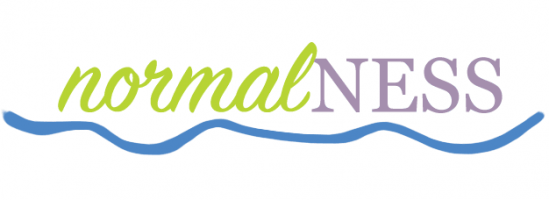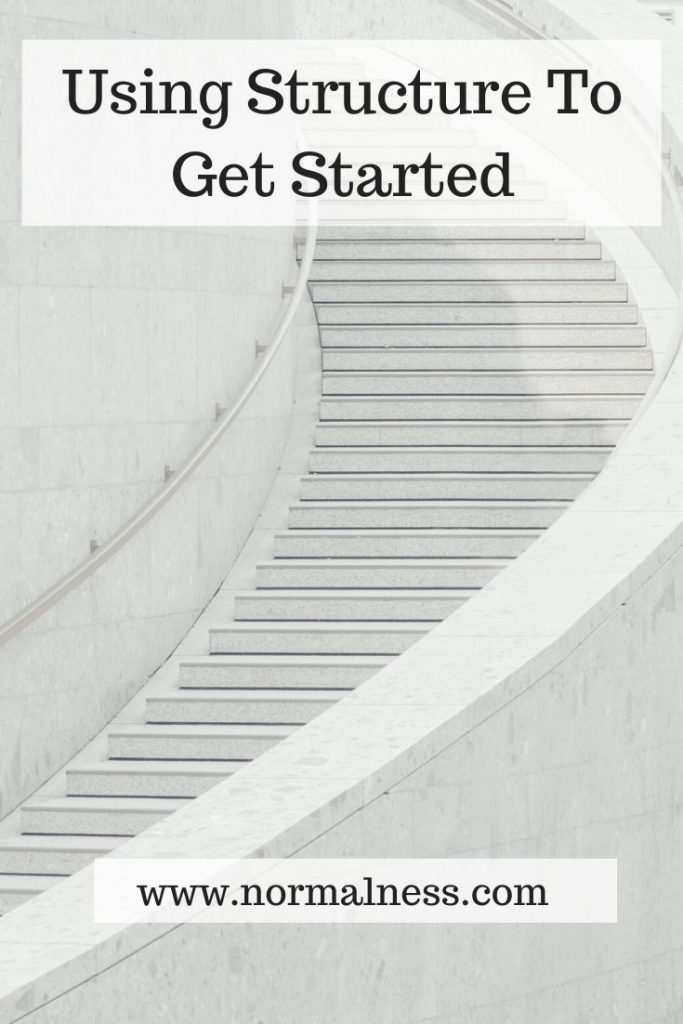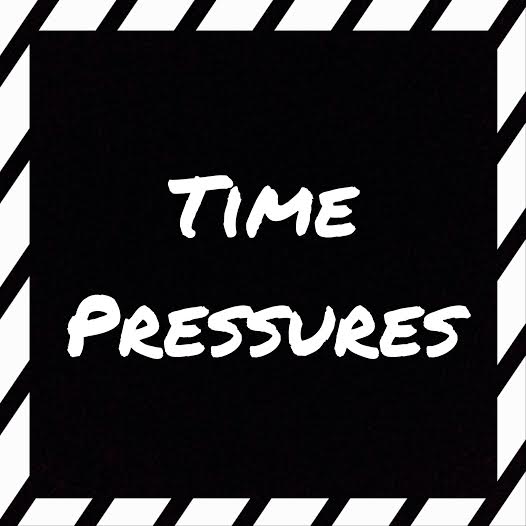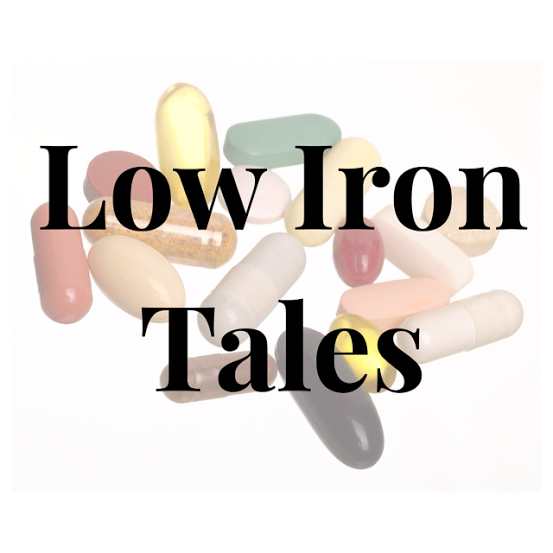If writing is something you do on top of a job and the rest of your life, then it’s probably fair to say that you have limited time for it. Which is ok, and very real. Not everyone can do what they want at every moment of their life. What it does mean is that you have to make the most of your writing time. For me, it means ignoring the “but I’m a creative” protests in my brain and using a structure to get started in my writing.
Using Structure To Get Started
What structure?
It really depends. Sometimes a vague reference point helps me. For example, this post references how many words are in each chapter of The Hunger Games. It gives me a mental image to feel guided enough to get started. It doesn’t mean I religiously follow the structure forever and ever.
Sign up to my regular newsletter to ensure you don’t miss a book release.
Notes To Self
I sometimes open a new chapter and give myself some notes to follow. Notes can give me a mental reminder of “write this next”, without spending limited time re-reading where I was at to “catch up” before I get started.
Blank Pages
I am either great at or useless with a blank page. There is no middle ground for me! If other techniques aren’t working for me, then I try a blank page to get me started. It doesn’t matter if you go off topic or are slightly out of character when you’re doing a first draft, it can all be used, reused, released as bonuses or spark new ideas.
Random Prompt Generators
You can also slip into the land of prompts. The usefulness of this depends on how distractable you are – sometimes a prompt can help you get words onto the page, in a refreshing way like crisp air. Other times the prompts can make you want to start ten other stories at the same time, which is difficult if you don’t have ten extra sets of hands and probably ten extra laptops.
What helps you get started with a writing task?








Deadlines seem to work best for me…which is problematic in itself…but there you have it…
If it wasn’t for deadlines I would have never completed a uni assignment in my life 🙂
I like to do a rough outline which could be just heading prompts and or dot point ideas of what I’d like to write on or about. Then I go back and start fleshing it out. But then … I haven’t written a book … that’s my process for a blog post!
Books are just slightly bigger blog posts 🙂 If you know what works for you, you could easily extrapolate it to a book and see if it works in a longer format too.
Finding inspiration on a walk does it for me. I like to think things over while I walk and often inspiration gets me while I’m at it.
SSG xxx
Oh yes, very much so. I always think of things when driving or walking – or anywhere it’s a bit difficult to write them down!
I’m a pantser – which has both its advantages & disadvantages. I usually start with a character or an opening line or even a song & go from there.
Do you find you have to do more revision as a pantster in fiction? I’ve never published fiction though I have a few bubbling away quietly. Who knows if I’ll ever finish them though!
I’m a pantser too. I have no idea where a story is going to go. I just write the first line. Can be anything. “That day the sky appeared to have a pink tinge, which would be fine at 5pm, but kind of weird at midday …”
Then some sort of dribble seems to appear from thereon in.
Works well for fiction, not so great for non-fiction. No idea what I’m going to blog about today. No idea. Staring blankly …